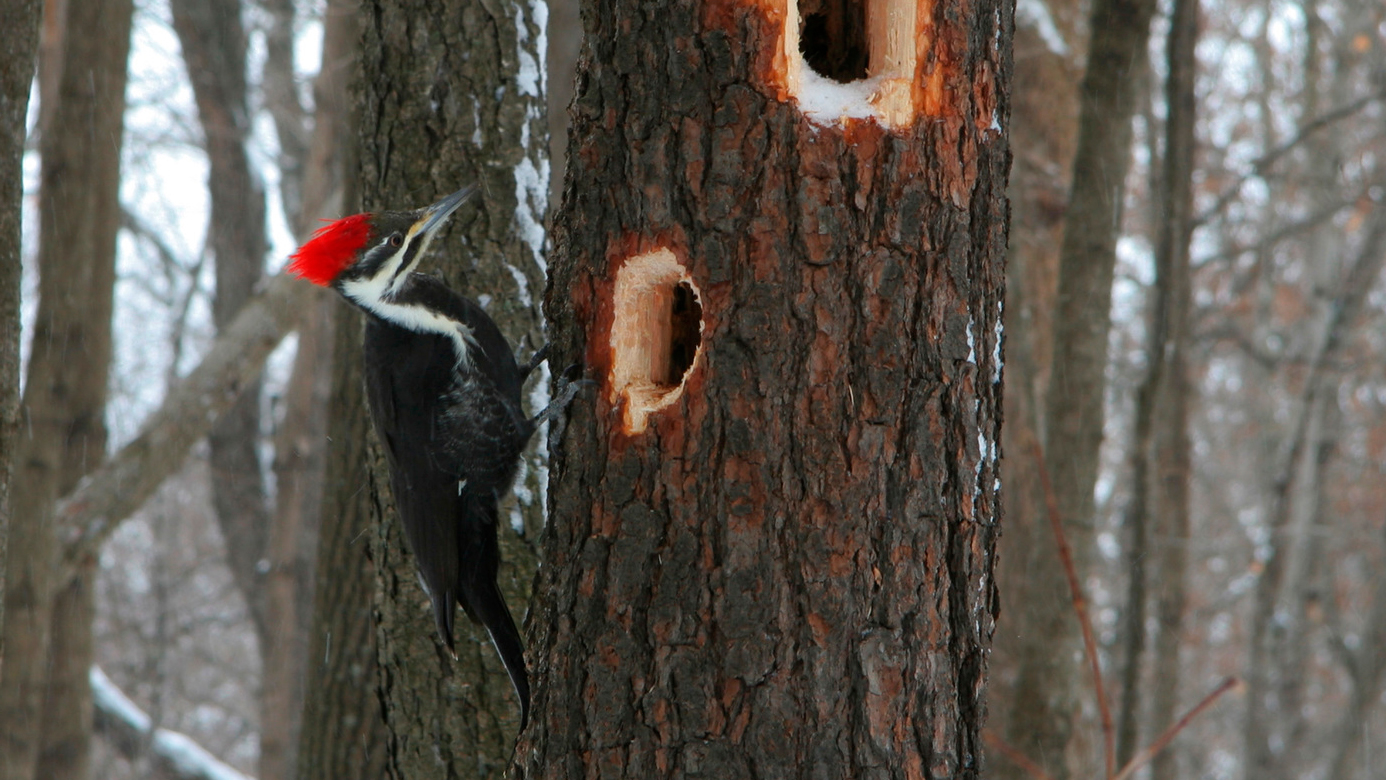Woodpeckers in Florida: Identification Tips and Environment Preferences
Woodpeckers in Florida: Identification Tips and Environment Preferences
Blog Article
Woodpeckers Unleashed: Discovering the Marvels of These Knowledgeable Tree Mountain Climbers
Woodpeckers, with their distinct markings and balanced drumming resembling through wooded areas, hold an unique location in the bird world. Their specialized anatomy and adaptations allow them to navigate upright surfaces with unrivaled ability. Their proficiency of tree climbing is simply one element of their fascinating actions. As we dive right into the complex details of woodpeckers' nesting behaviors, feeding techniques, and the recurring preservation initiatives to safeguard these remarkable birds, a much deeper appreciation for their place in nature unravels.
Composition and Adaptations
When checking out the composition and adaptations of woodpeckers, one can observe amazing attributes that make it possible for these birds to thrive in their specialized eco-friendly niche. In addition, woodpeckers have zygodactyl feet, with 2 toes encountering ahead and 2 dealing with backward, offering a firm hold on tree trunks while they search for food or drum for interaction.
Additionally, woodpeckers have a special tongue framework that is long, barbed, and sticky, enabling them to draw out bugs from gaps in wood. This specific adjustment permits woodpeckers to make use of a food resource that is inaccessible to numerous other bird species. Generally, the composition and adaptations of woodpeckers display the remarkable evolutionary solutions that have allowed these birds to flourish in their arboreal habitat.
Drumming Behavior
Having explored the anatomy and adjustments of woodpeckers, the focus now shifts to comprehending their drumming actions, a distinctive facet of their communication and territorial display screens. Drumming is a vital kind of interaction amongst woodpeckers, serving numerous objectives such as developing areas, attracting friends, and signaling alarm system. Each woodpecker varieties has an unique drumming pattern that assists individuals acknowledge participants of their own types and differentiate them from rivals or predators.
Woodpeckers generate drumming noises by swiftly pecking on powerful surface areas such as dead trees, energy posts, or perhaps steel objects, producing a collection of balanced beats. The intensity and speed of drumming can vary based on the purpose; for instance, a rapid drumming sequence may symbolize hostility in the direction of intruders, while a slower and softer drumming pattern might indicate courtship (Woodpeckers in Florida). Furthermore, woodpeckers may readjust the regularity and duration of their drumming to share specific messages effectively
Nesting Habits
Checking out the nesting behaviors of woodpeckers reveals fascinating understandings right into their reproductive actions and environment options. Woodpeckers are known for their special nesting preferences, typically excavating tooth cavities in trees to produce sheltered rooms for raising their young. These tooth cavities serve not just as a nesting site however likewise as a safe refuge from predators and stormy weather.
Woodpeckers show a high degree of integrity to their nesting sites, typically returning to the same location every year. This habits highlights the importance of ideal habitat availability for their reproductive success. The selection of a nesting site is essential for woodpeckers, description with variables such as tree types, elevation, and decay stage playing substantial duties in their decision-making process.
Remarkably, some woodpecker types are recognized to dig deep into multiple cavities here within their region, giving themselves with different nesting alternatives. This technique may work as a form of insurance against possible threats or disruptions to their key nesting site.

Feeding Methods
One of the most unique feeding actions of woodpeckers is drumming, which entails rapid pecking on trees to uncover insects underneath the bark. Woodpeckers are also recognized to excavate dental caries in trees to access concealed insect larvae or sap. Some types, like the acorn woodpecker, shop nuts in particularly produced openings called granaries.
Conservation Initiatives
In the middle of the complex feeding methods showed by woodpeckers, the conservation efforts targeted at safeguarding these remarkable birds play an important function in preserving their environments and populaces. Woodpeckers deal with different risks to their survival, consisting of habitat loss because of deforestation, climate adjustment altering their ecological communities, and collisions with manufactured structures such as buildings and cars - Woodpeckers in navigate here Florida. Conservationists are proactively functioning to deal with these challenges and guarantee the lasting wellness of woodpecker species

Education and learning and public understanding campaigns are additionally important components of woodpecker preservation initiatives. By raising awareness regarding the relevance of these birds in keeping healthy and balanced woodland environments, preservationists can gather support for environment conservation campaigns and advertise responsible land monitoring methods. With joint efforts between researchers, policymakers, and regional communities, we can collaborate to safeguard a future where woodpeckers thrive in their all-natural environments.
Verdict

Report this page